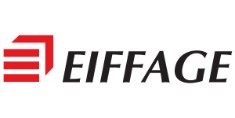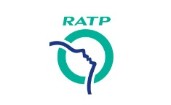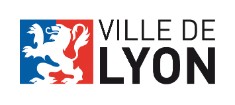Regulations
CERTIFICATIONS NF AND CE: A MANDATORY REQUIREMENT
In France and Europe, starting from January 1st, 2013, all products covered by harmonized standards published in the Official Journal of the European Union (road traffic signs, road restraint systems… except gantries, masts, and high-masts) must be CE certified by a certifying body. In France, it’s the ASQUER that is responsible for the CE certification of road equipment.
“Only equipment certified to French standards may be used on roads open to public traffic.”
Decree of May 3, 1978 – Article 1
We guarantee that all panels manufactured by us have CE and NF certification and that they comply with current regulations.
The identification card of the sign
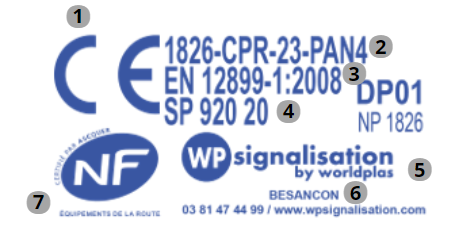
identification card of the sign
1° CE marking
2° CE certification number
3° Notified body number
4° Additional NF mark
5° Manufacturer’s logo
6° Place of manufacture
7° NF marking
The specifications of the police sign
The police sign must be NF road equipment certified, undamaged, placed at the correct location, properly installed, and most importantly, visible both during the day and at night.
Sign inventory management
The legal requirement
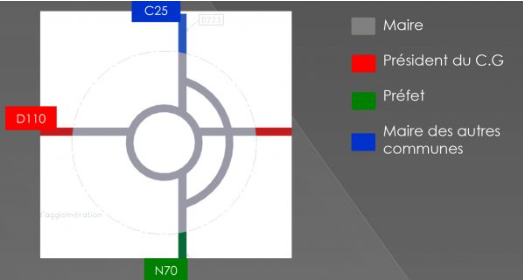
In the event of an accident, if the signage is improperly installed, non-compliant, in poor condition, confusing, or poorly visible, there may be criminal liability for members of the involved communities for endangering others deliberately.
Roads open to public traffic are sometimes affected by temporary obstacles or hazards. Temporary signage aims to warn and guide users, ensuring their safety and that of road maintenance personnel, and promoting traffic flow. It consists of devices designed to signal these temporary traffic conditions.
The principles governing road signage also apply to temporary signage. However, the specificity of temporary signage relies on the following complementary principles:
- Adaptation principle (temporary signage must adapt to the circumstances that require it)
- Coherence principle (may provide different indications from permanent signage)
- Enhancement principle (should inform users and influence their behavior)
- Concentration and readability principles (to avoid overload and loss of readability)
The term “permanent police signage” refers to any sign used in permanent signage of types A, AB, B, C, CE, G, J, and M.
Replacing a sign due to aging
Apart from regulatory requirements, when the retroreflective values are below 70% of the minimum values when new, a sign should be replaced.
However, it is advisable to replace a Class 1 sign every 8 years and a Class 2 sign every 12 years.
3 points to know
Retroreflection
Retroreflection refers to the class of a road sign. This means that the class indicates the intensity of light reflection of a sign. When the class is higher, the brightness of the sign will be more reflected.
WP Signalisation offers you :
Class 1: Microbead and microprismatic coating
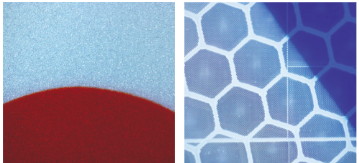
Specifications :
Minimum retroreflection performance : 50 cd/lux/m2
Visibility : up to 100 meters
Lifespan : 7 years
Class 2: Microprismatic (white and yellow)
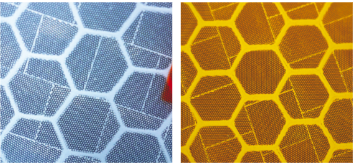
Specifications :
Minimum retroreflection performance : 180 cd/lux/m2
Visibility : up to 250 meters
Lifespan : 10 years
Class 3 : Microprismatic
Specifications :
Minimum retroreflection performance : 425 cd/lux/m2
Visibility : 500 meters
Lifespan : 12 years
For more information on the retroreflection of signs, please consult our article here
To note : It is preferable for the sake of consistency not to install Class 1 and Class 2 signs in the same location.
The size of the signs

“The size of the signs depends on the location of installation.” Decree of June 7, 1977 – Article 5.3
What is the height under the sign
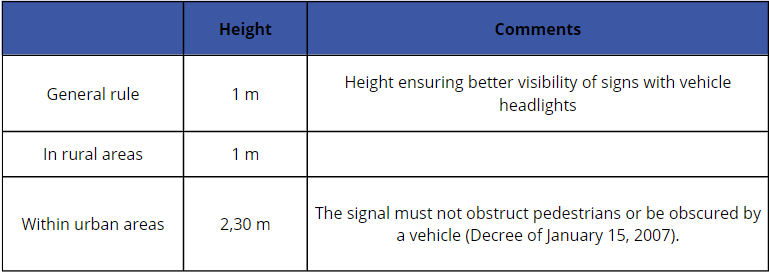
For more information on the rules for installing signs, please consult our article here
For further information, please contact us.




